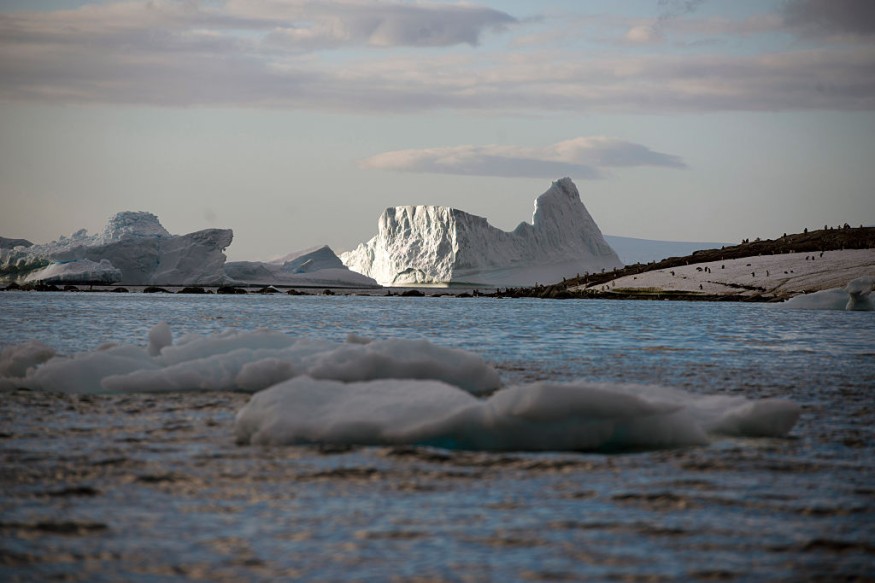Antarctica has been one of the key interests when it comes to the field of glaciology, especially during the rapid ice melting phenomenon in many parts of the icy continent since the 1950s. Glaciologists and other scientists have long thought that this trend will likely continue in the coming years.
Despite the scientific truth of the climate crisis, a new study reveals that the Antarctic ice sheet stability is controlled by sea ice. This came after researchers from the University of Cambridge (UC) in the UK found the floating ice shelves east of the Antarctic Peninsula have advanced over the past 20 years.
Antarctic Ice Sheet Stability

In the new study published in the journal Nature Geoscience on May 5, the stability of the Antarctic ice sheet, somehow, survives atmospheric warming and ocean warming. These air-to-water heating effects have already accounted for massive glacial losses in the eastern Antarctic Peninsula's Larsen A and Larsen B ice shelves.
This is also the case in other parts of the world, including Greenland and the Arctic, based on previous research.
Yet, the new UK research has confirmed the uninterrupted advancement of 85% of the seaward ice-shelf perimeter between the years 2000 and 2019. This is due to the sea ice's ocean-wave dampening, ice-shelf buttressing, and absence of gravitational ice-shelf flow.
Moreover, the advancement was also caused by increased near-shore sea ice triggered by cyclonic surface winds in 2002.
Satellite Measurements
The UC researchers also collaborated with their colleagues at the University of Newcastle in the UK and the University of Canterbury in New Zealand.
To determine the advancement of the ice shelves, the research team used a combination of historical satellite measurements, accompanied by atmosphere and ocean records, to have a glimpse of the 1,400-kilometer eastern Antarctic Peninsula, as explained by Science Daily.
Sea Ice and Ice Shelves
The National Aeronautics and Space Administration (NASA) defines sea ice as frozen seawater floating on the ocean surface. They can be found in the Arctic Ocean and the Antarctic Ocean, with the former located in the Earth's northern hemisphere and the latter in the southern hemisphere.
Sea ice in the frozen continents retreats during the summer but does not disappear entirely, adds NASA. Furthermore, the purpose of this so-called 'brash ice' is crucial since it can influence the polar environment, ocean circulation, regional climate, and weather.
On the other hand, an ice sheet or a mass of glacial land becomes an ice shelf if it flows beyond the coastline. Ice shelves are also found in Northern Canada and the Russian Arctic icy regions.
With the new study, the importance of sea ice is magnified in maintaining the firmness of ice shelves, which is a significant discovery as one of nature's processes against the melting of sea ice caused by human-induced climate change.
Lastly, the authors of the study reportedly highlighted their observations demonstrate sea ice can either protect from or set the motion for the final rifting and calving of even larger Antarctic ice shelves.
© 2026 NatureWorldNews.com All rights reserved. Do not reproduce without permission.





